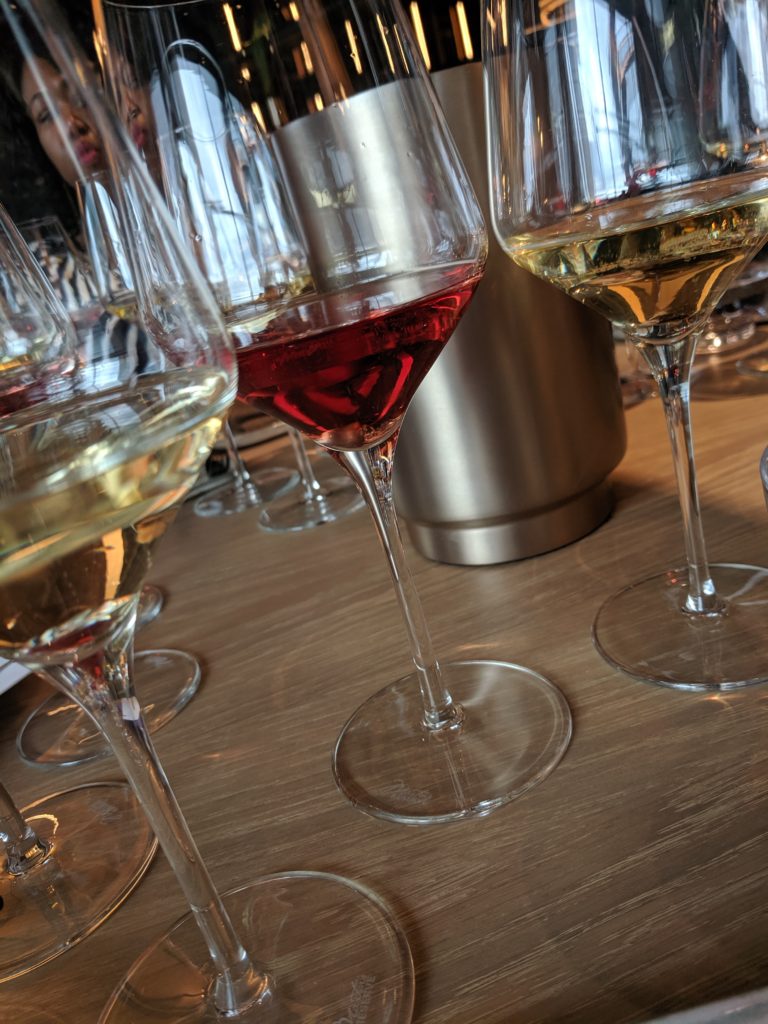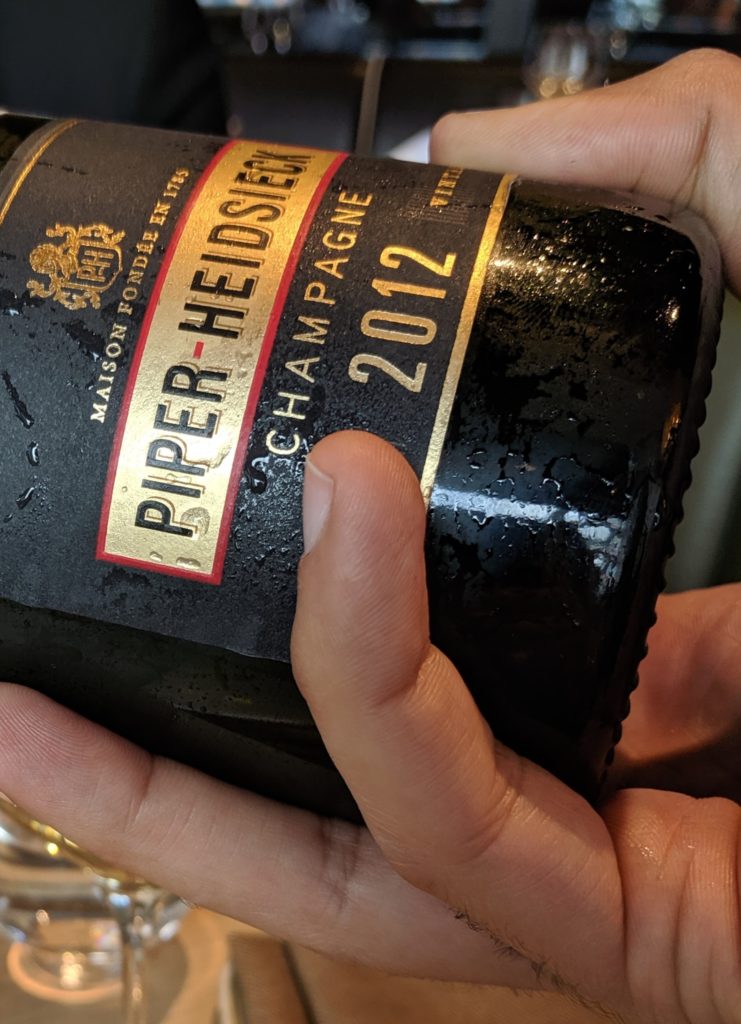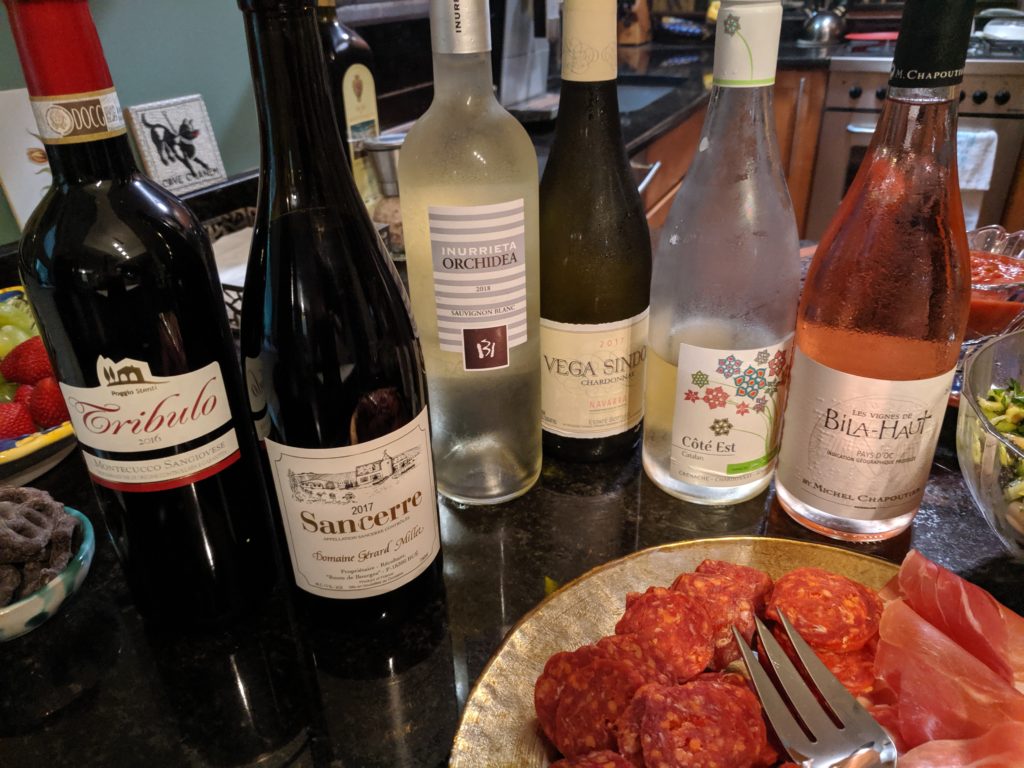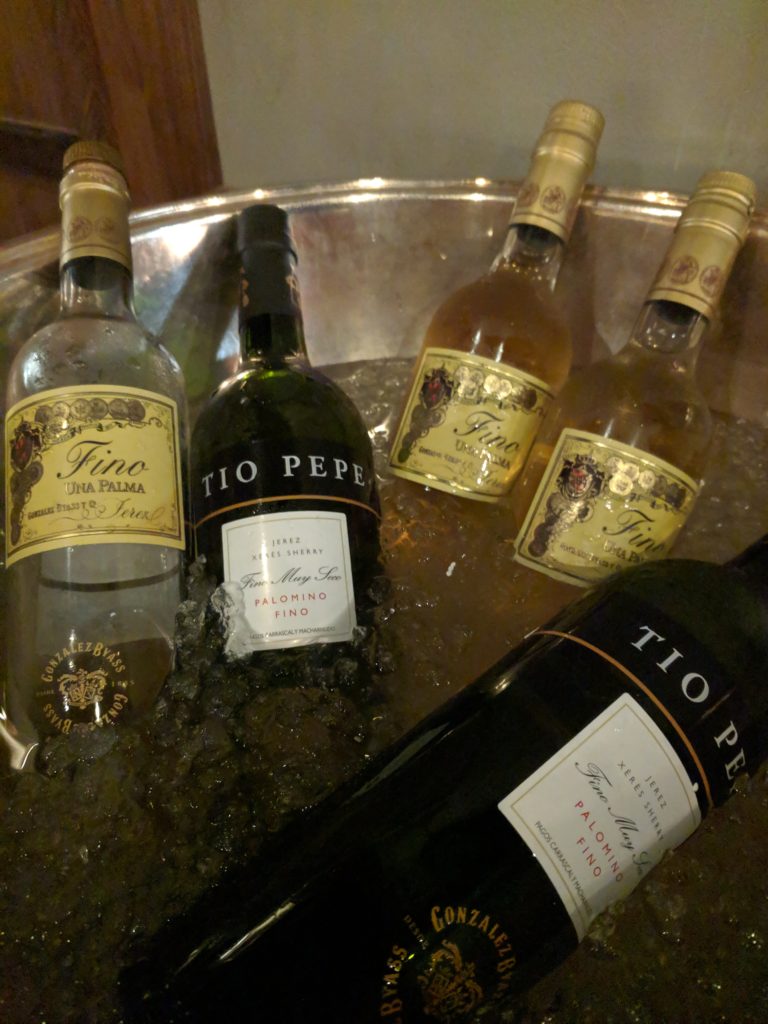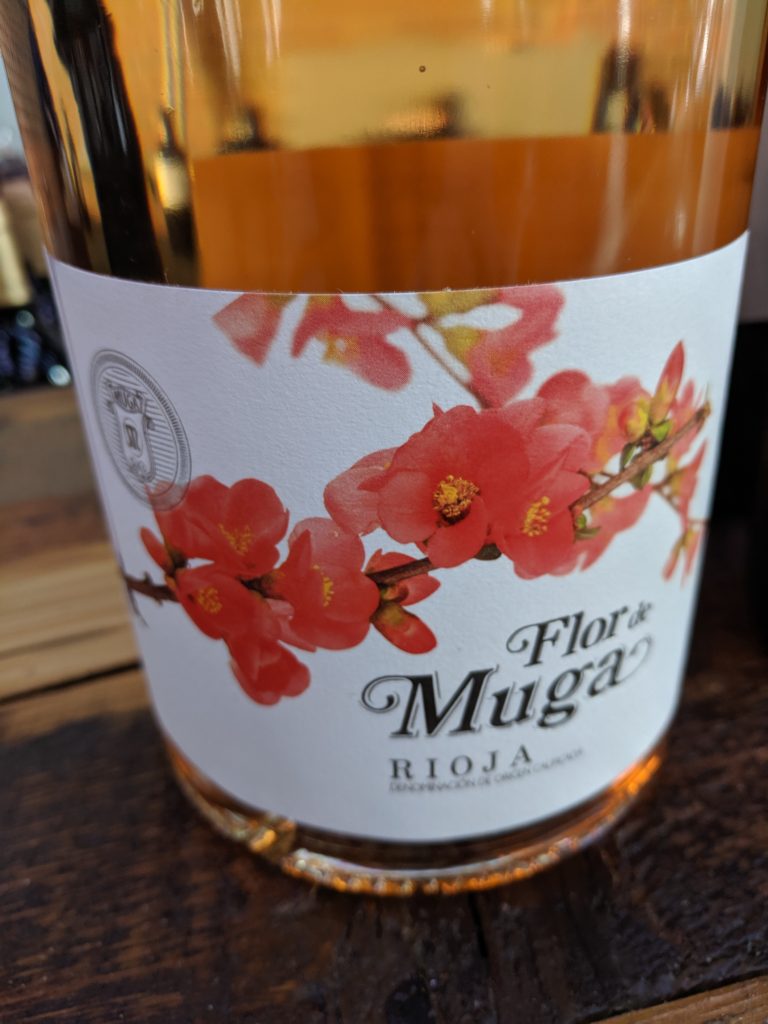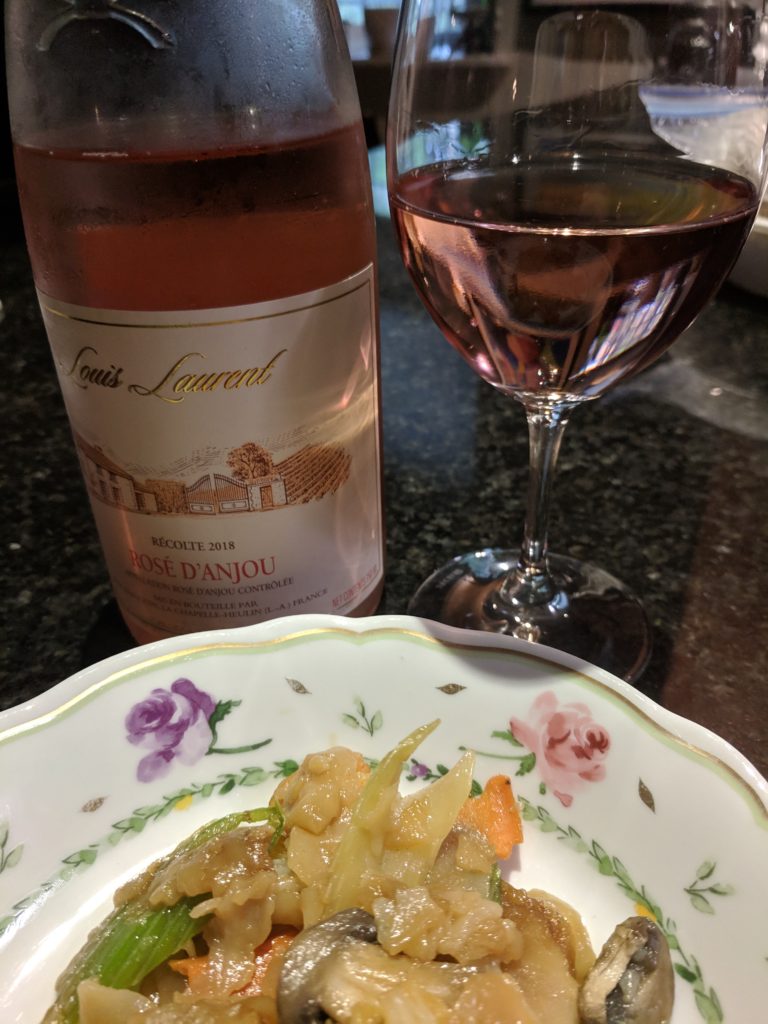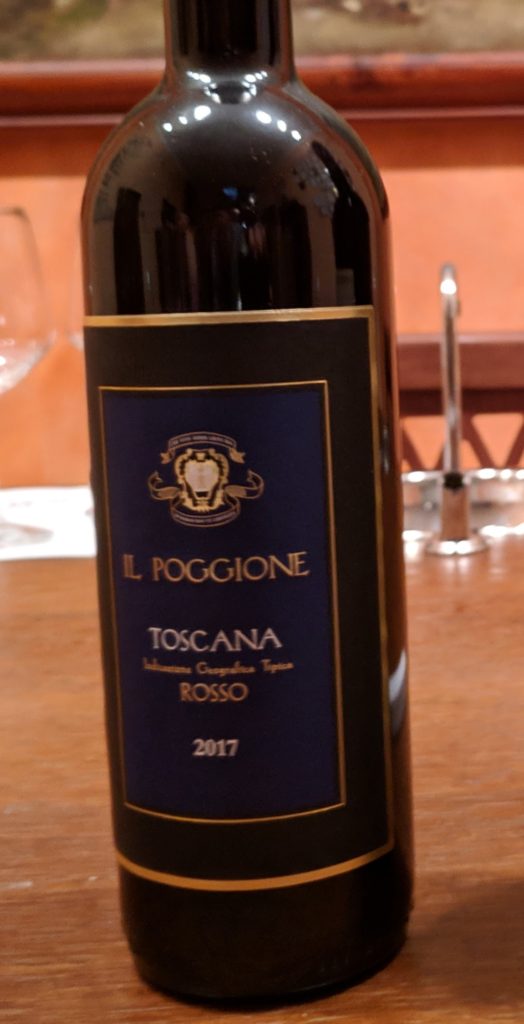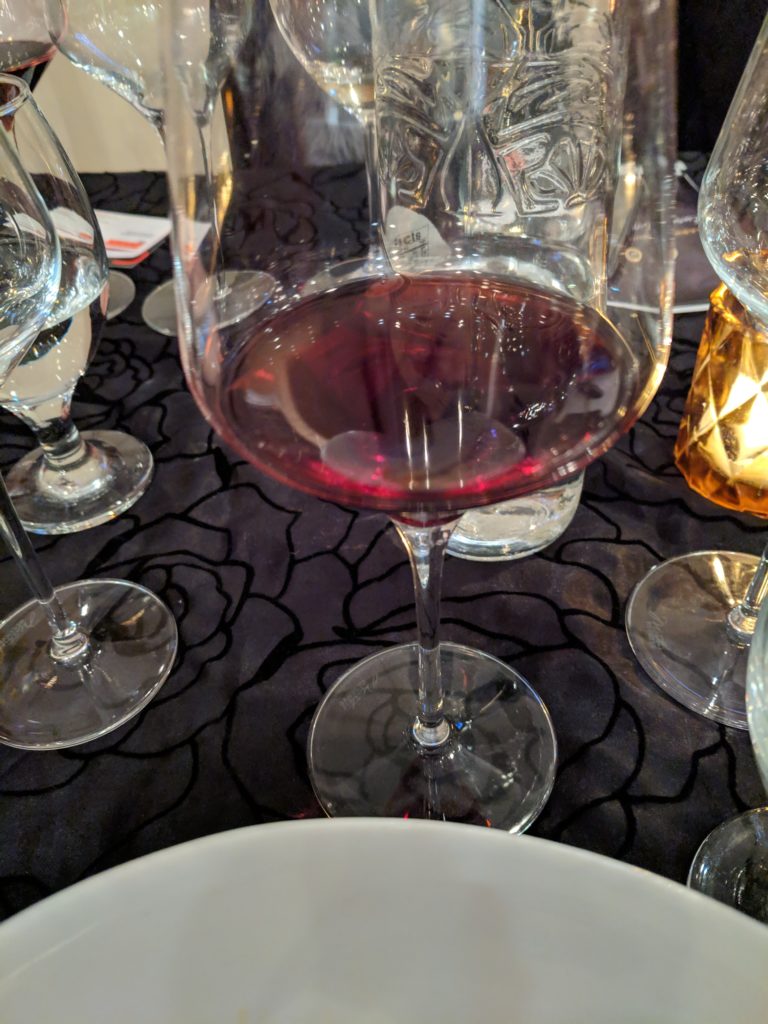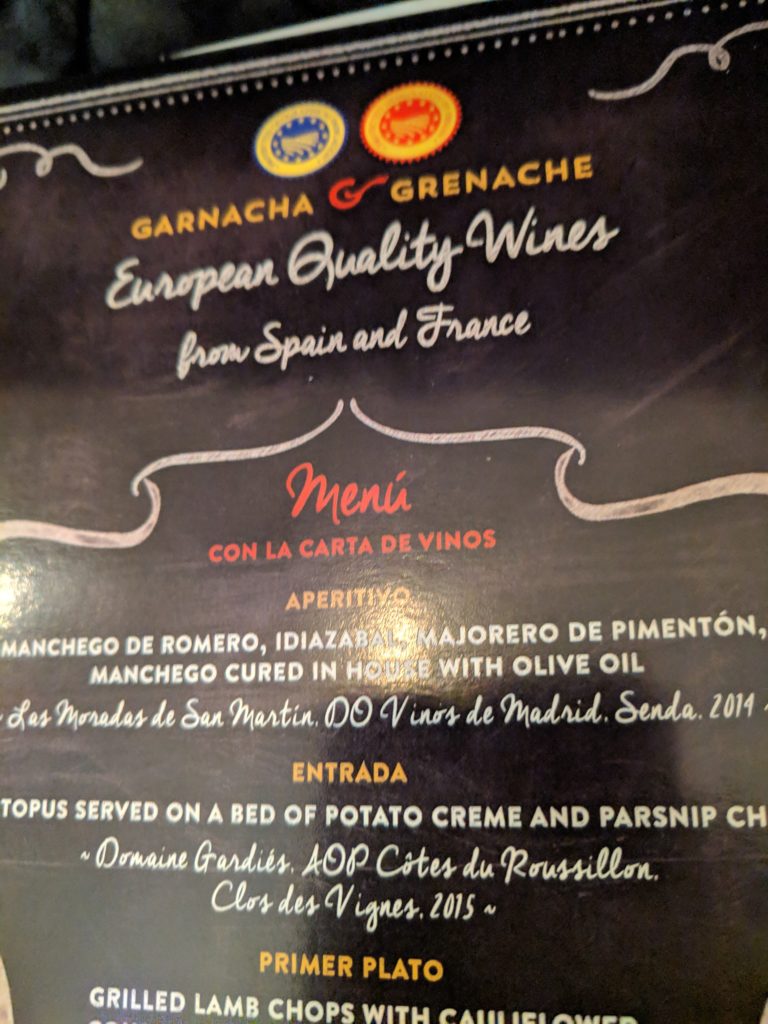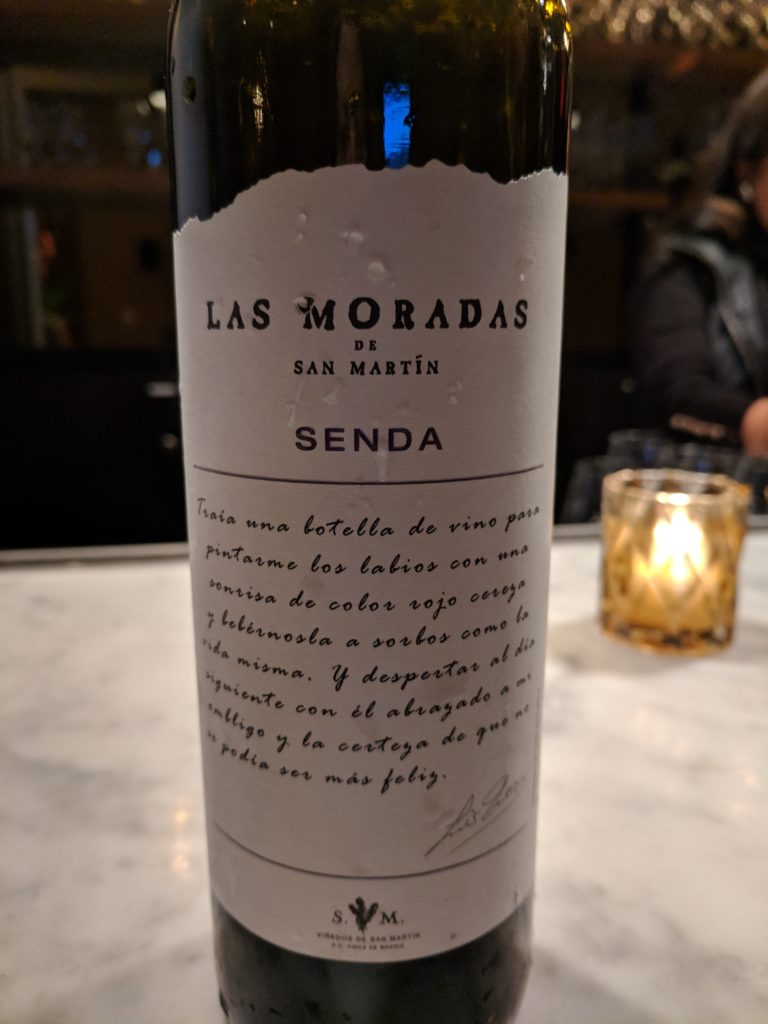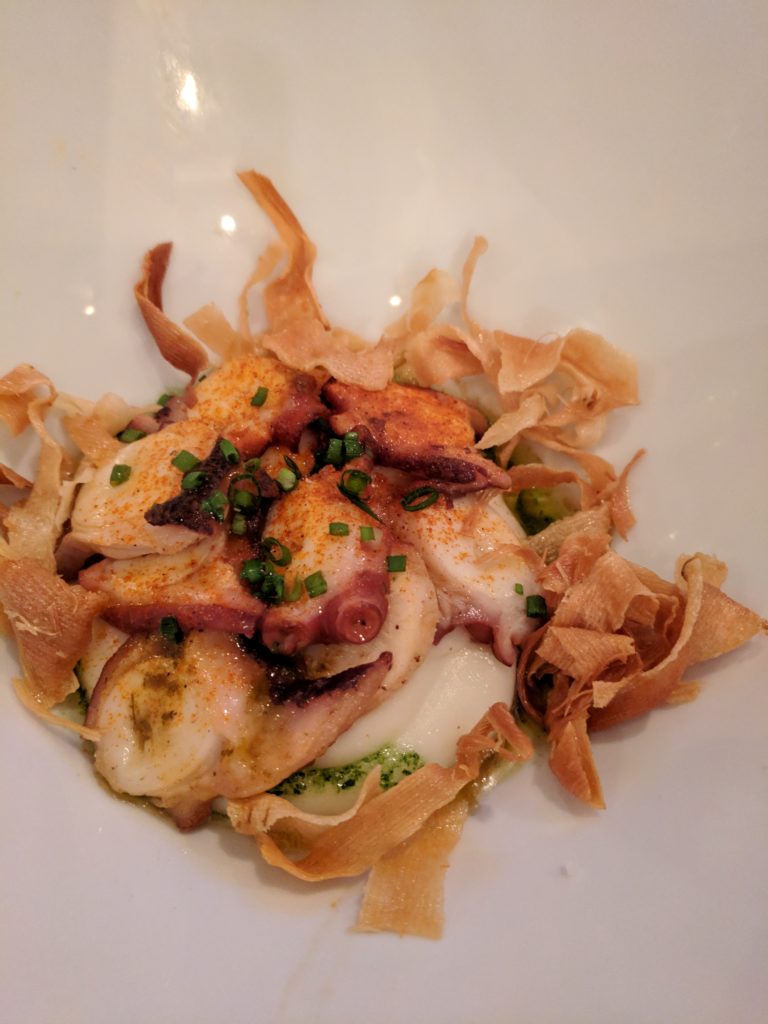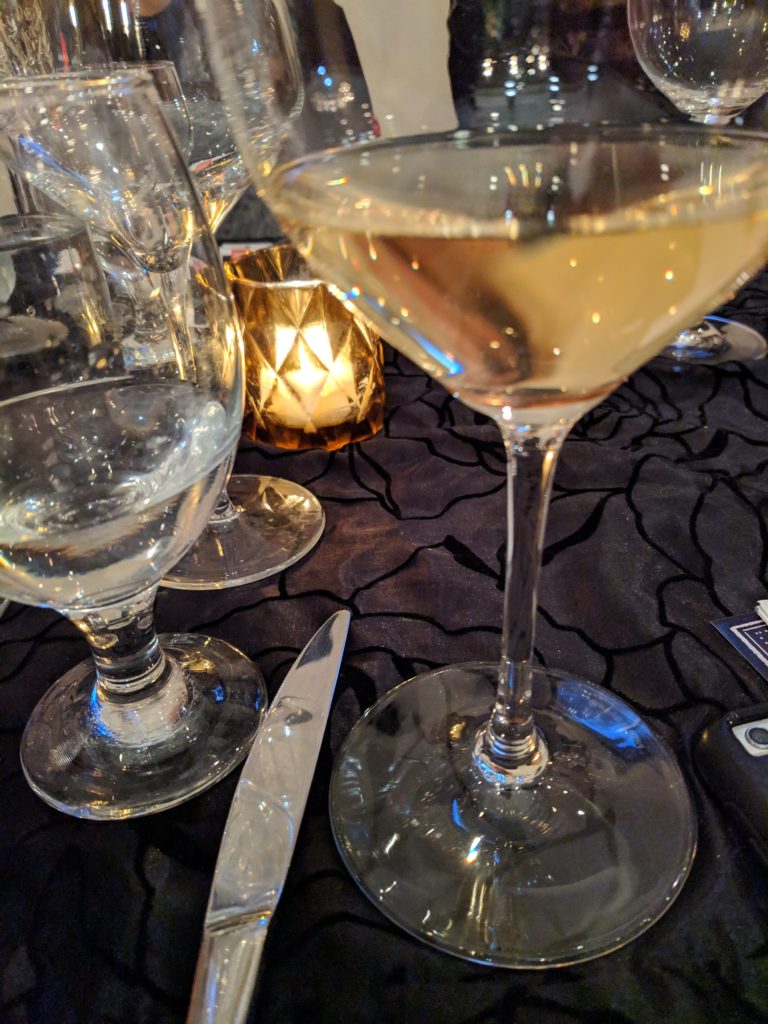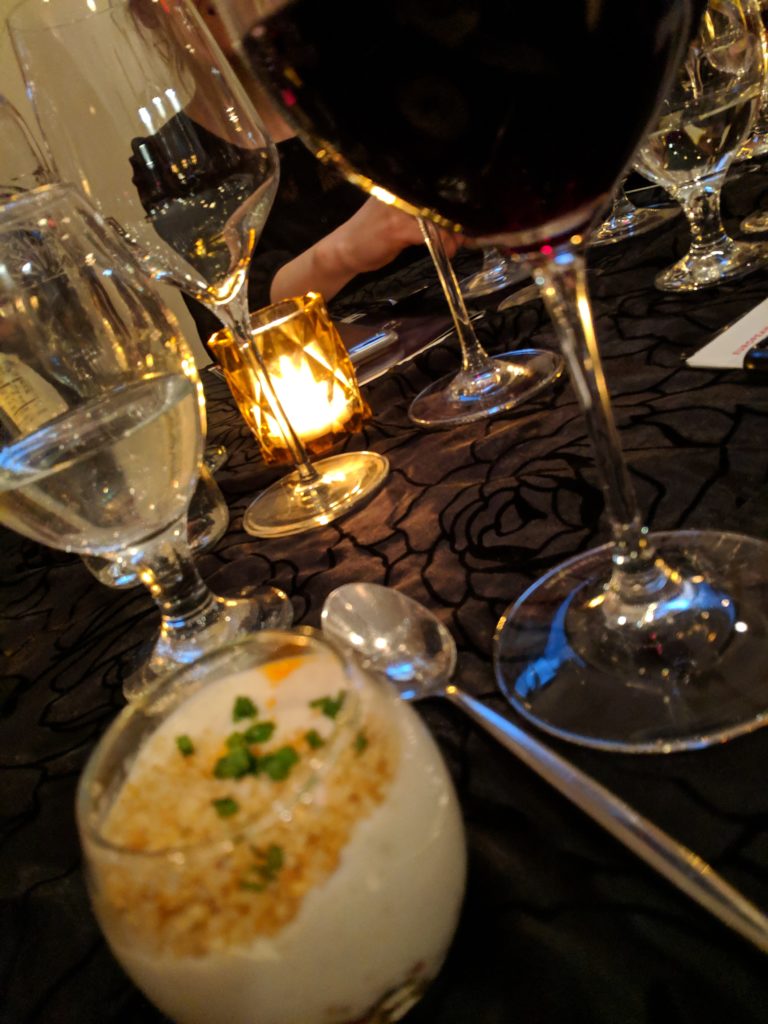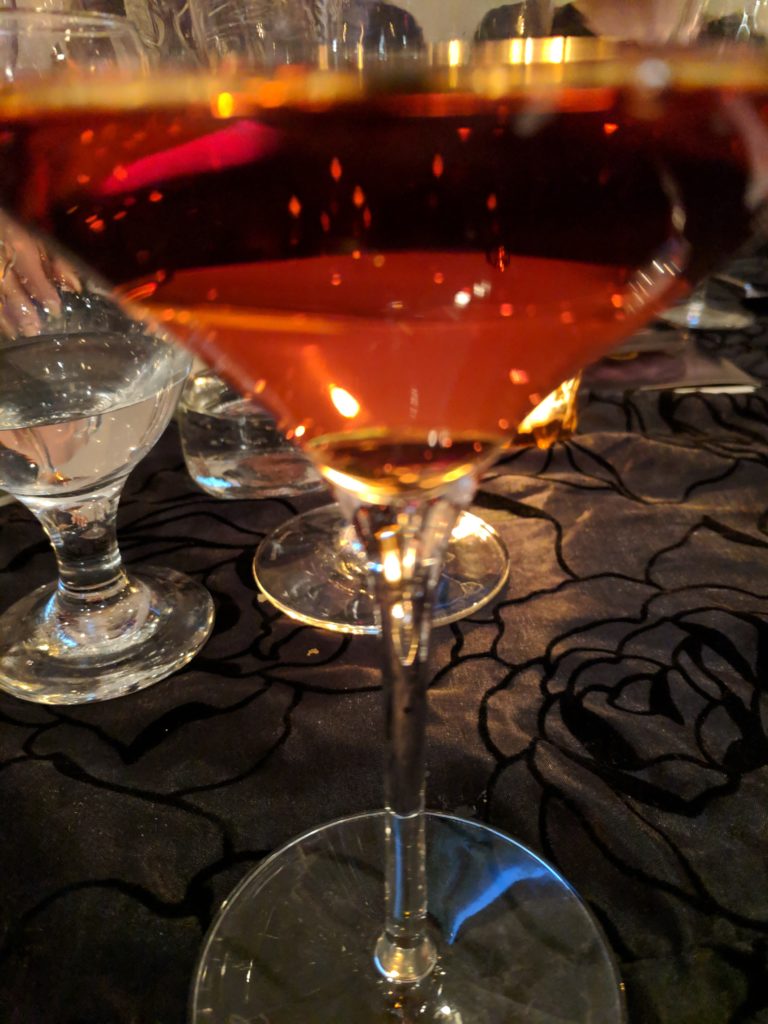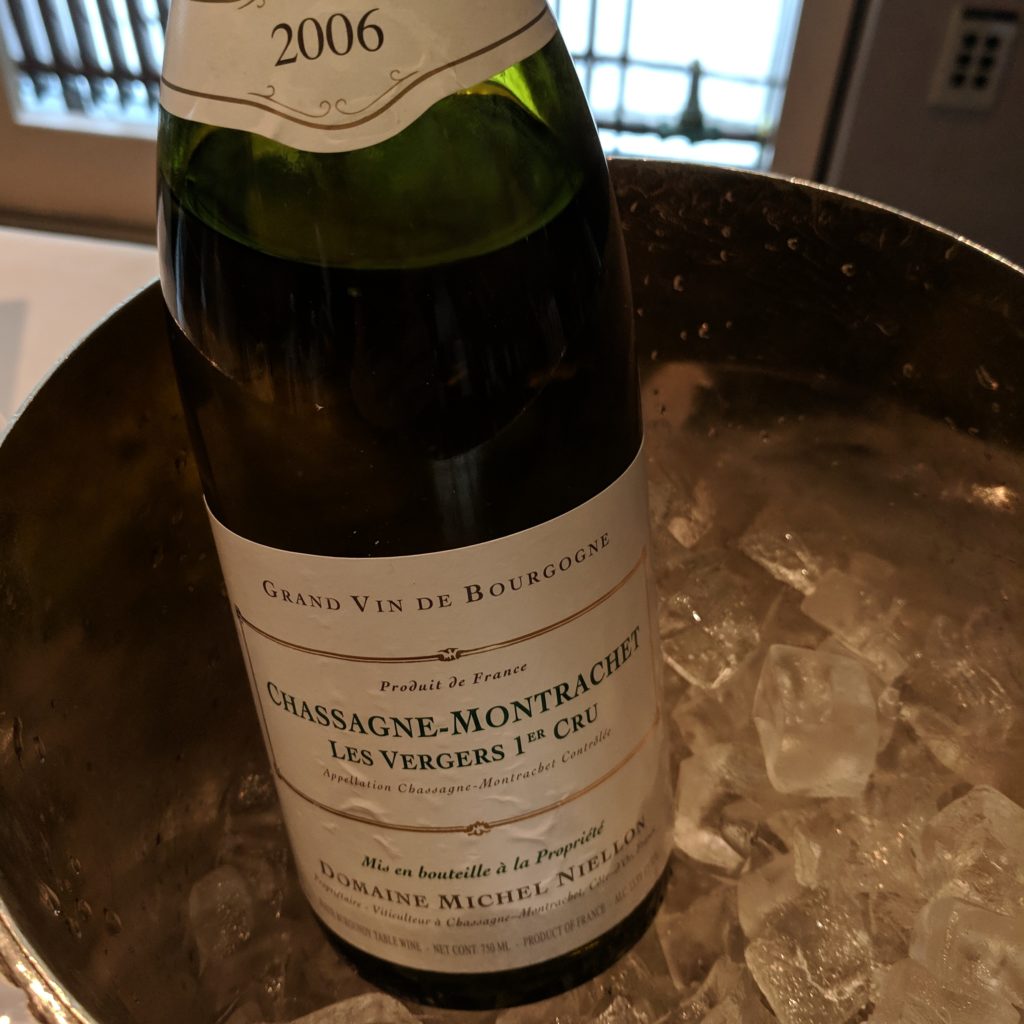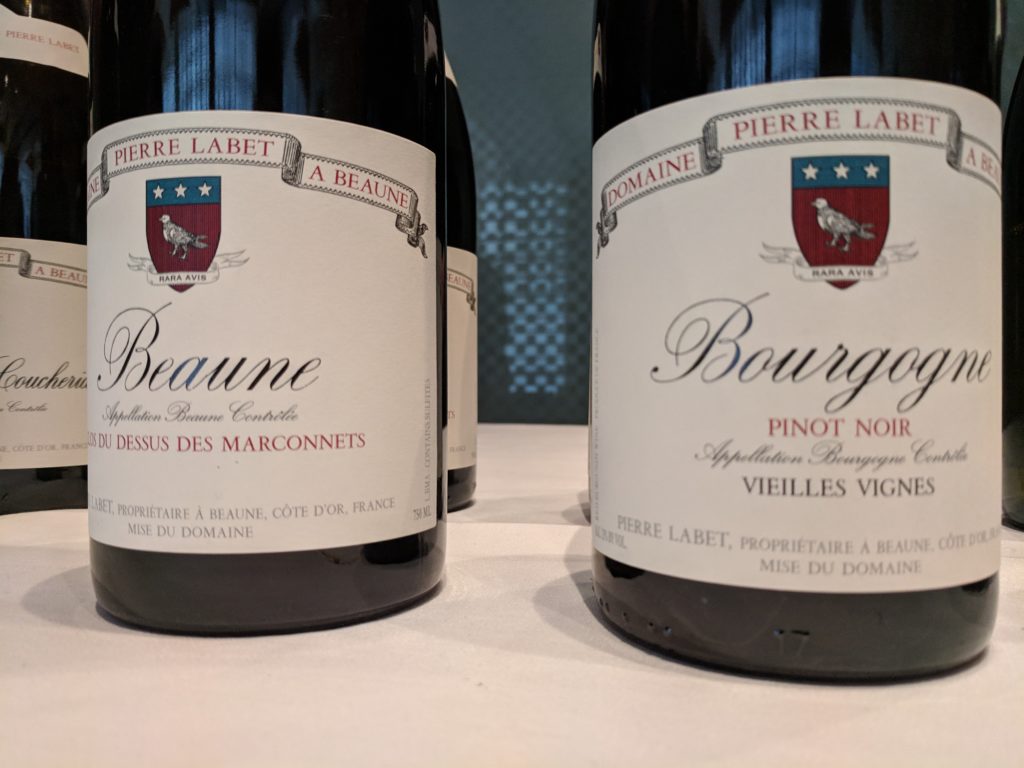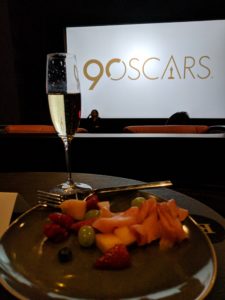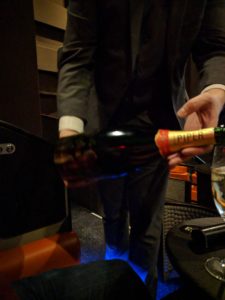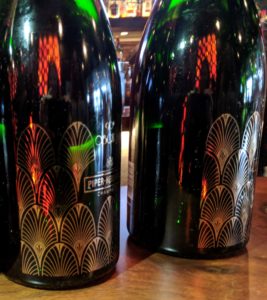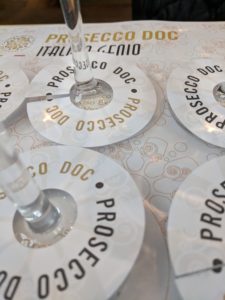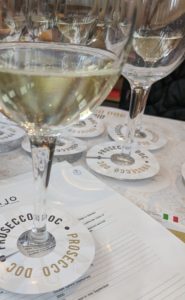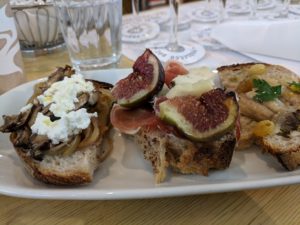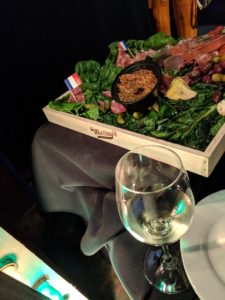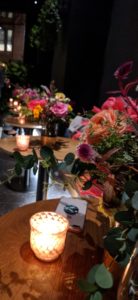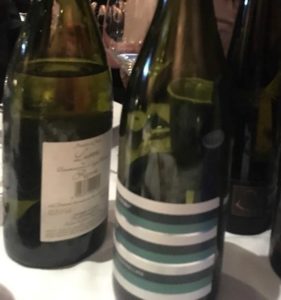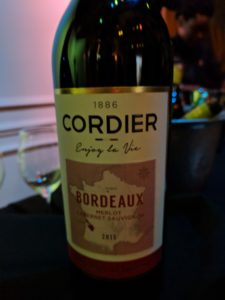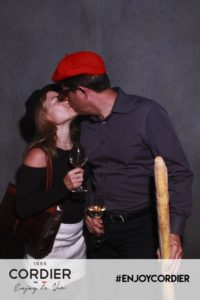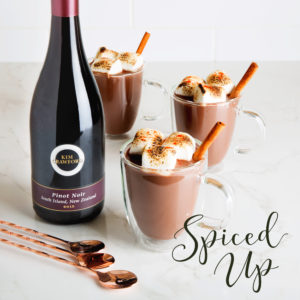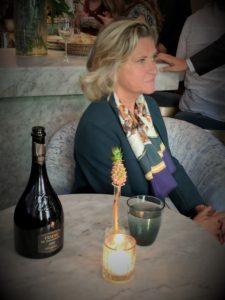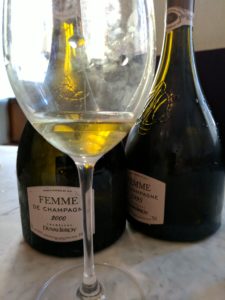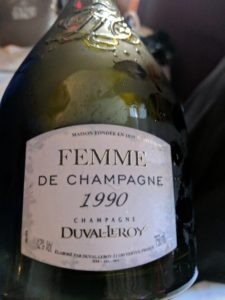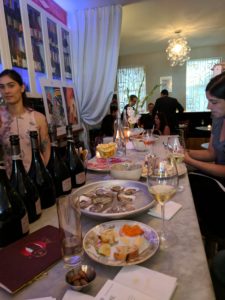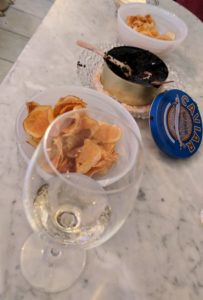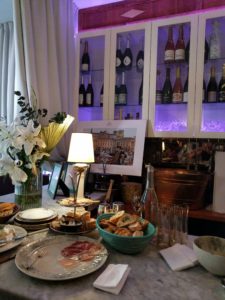
For over two decades, Régis Camus has been at the helm of Piper-Heidsieck’s winemaking, garnering admiration, accolades and awards (as Piper’s Chef de Caves, he has been named Sparkling Winemaker of the Year eight times by the International Wine Challenge jury). But, after 24 vintages devoted to the Cuvée Brut NV, it was time for a change.
Since 2000, Camus has included the company’s prestige cuvée, Rare, under his purview and was responsible for the creation of its rosé counterpart, Rare Rosé, first released in 2016. While Rare was initially the tete du cuvée, the wine has now become its own brand with increasing substance and status. Accordingly, as Camus turns his attention to all things Rare, Piper-Heidsieck has brought in new talent to take over its Cellar Master spot: Émilien Boutillat.
Admittedly, given Camus’ experience and expertise, these are not easy shoes to fill. However, the youthful Boutillat is no stranger to Champagne, having grown up in the region to a Champagne-producing family. In fact, his father worked with Piper-Heidsieck as a grower and Boutillat fondly remembers visiting the Champagne house as a child to ride the train that used to be on the property.
Following in his family’s footsteps, he studied enology and agricultural engineering, and went on to work harvests both at home and abroad. After building up a solid portfolio of experience with stints in Bordeaux, the Rhône Valley, Southern France, Chile, New Zealand, California and South Africa, he returned to Champagne as Cellar Master for Champagnes Cattier and Armand de Brignac.
In late 2018, Boutillat joined Piper-Heidsieck, working closely with Camus to better understand the style of the brand and learn how to make the blend. He is committed to maintaining the same style and excellence of the Piper brand, but is also looking forward to making his mark. In this regard, he anticipates making subtle changes as he adds his own personal touch, all while respecting the DNA of the brand.
More specifically, Boutillat notes that details are very important, and plans to focus on the vineyards more so than on changes in winemaking, looking at factors such as harvest dates. He is also dedicated to sustainable agriculture, with the intention of adding to the efforts already underway at Piper-Heidsieck. In particular, he will encourage sustainable viticulture practices among Piper’s partners and will raise standards in the vineyards.
When not at work, he performs with a local Improv theater group and is an avid hiker. Closer to home, he grows his own vegetables and enjoys cooking, always seeking to find a balance between the wine and food. Thus, it was a perfect introduction to him and the art of pairing wine and food, when he made his New York debut after nine months of “study.” At lunch at Hudson Yards’ Wild Ink, the current crop of Piper-Heidsieck’s Champagnes showed beautifully with the Asian-inspired cuisine and we had fun trying out different wines with each course. Although none of these wines were made by Boutillat, it was clear that he is up to the challenge and that the future of Piper-Heidsieck is in good hands.
TASTING NOTES
Piper-Heidsieck Cuvée Brut NV, $45.00
Based on the 2015 vintage, the Cuvée is made up of 50% Pinot Noir 30% Pinot Meunier and 20% Chardonnay. It is toasty and fruity with citrus and pear notes. The palate is rich and complex yet not complicated, with long length.
Piper-Heidsieck Rosé Sauvage NV, $60.00
The Rosé Sauvage uniquely drinks more like a still wine than a Champagne and is one of the darkest rosé’s on the market. It offers up dark red fruit and berries, along with smoke and sweet spices, with intense richness on the palate, along with great acidity and long length.
Piper-Heidsieck Brut 2012, $80.00
The 2012 is the most recent vintage; the last one was 2008. A 50-50 blend of Chardonnay and Pinot Noir, sourced among the best grapes from Grand and Premier Crus vineyards, this is an age-worthy wine that can keep in the cellar for up to 15 years. Aromas of yeast, tree fruit, toastiness and cherry greet the nose, while the palate is very complex, seductive, generous and creamy, with the added flavors of honey and spice, culminating in long length.
Piper-Heidsieck Sublime (Demi-Sec), $55.00
This demi-sec dessert wine has 35 g/l of residual sugar, but is very balanced and elegant, with bright acidity and a citrus note lingering in the fresh finish. Aromas and flavors of tropical fruit, vanilla, mango, gingerbread and coconut made it a perfect pairing partner to dessert as well as spicy foods.


